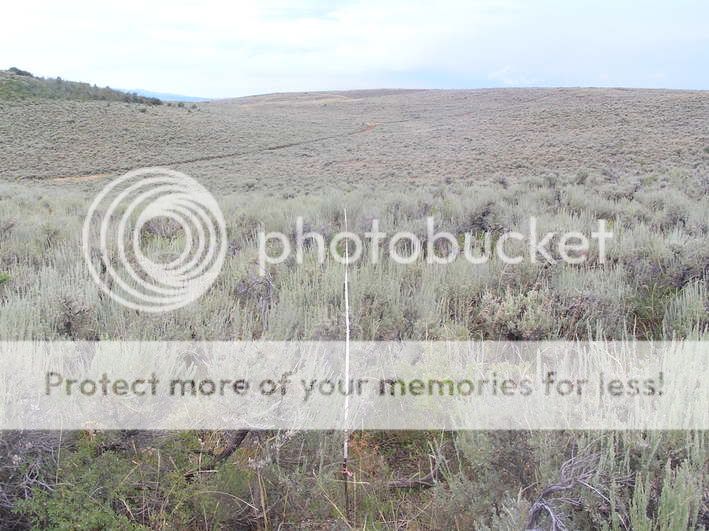El Guapo,
I appreciate everything you said, but it's hard to think that I won't get to hunt some of those areas in my hunting lifetime.
We have had an amazing amount of prime wintering ground in SW Idaho burn and while we have had mild winters, I think the first good winter will have a larger than normal die off. F&G has been increasing antlerless tags to the outcry of many, but I think we may need to keep our herd in check at a time they could otherwise be growing which will be very difficult in the face of criticism that is sure to come.
Well, those deer are going other places, need to Chukar hunt less this year and scout more.
I appreciate everything you said, but it's hard to think that I won't get to hunt some of those areas in my hunting lifetime.
We have had an amazing amount of prime wintering ground in SW Idaho burn and while we have had mild winters, I think the first good winter will have a larger than normal die off. F&G has been increasing antlerless tags to the outcry of many, but I think we may need to keep our herd in check at a time they could otherwise be growing which will be very difficult in the face of criticism that is sure to come.
Well, those deer are going other places, need to Chukar hunt less this year and scout more.






